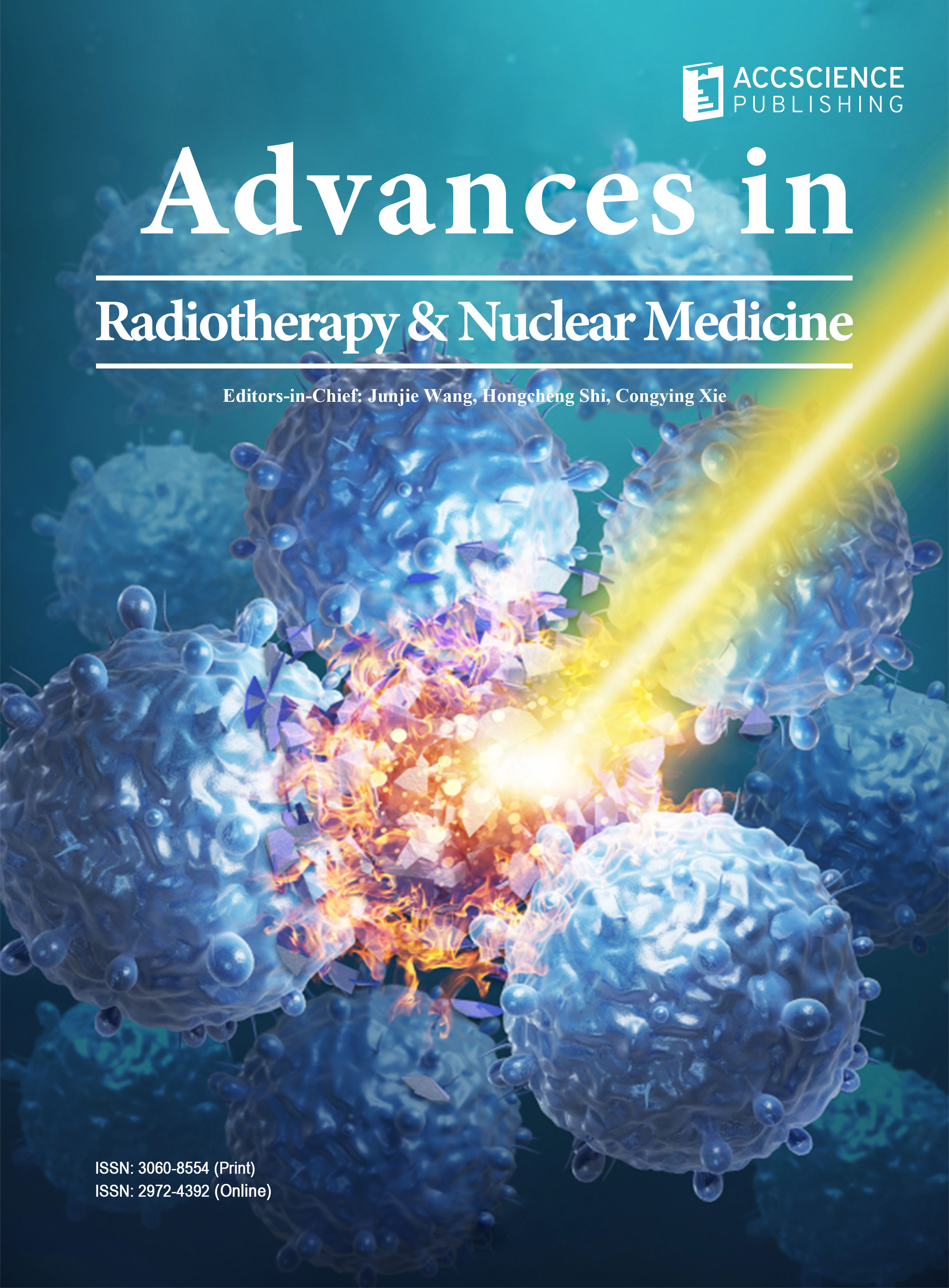Performance of neutron beam system for accelerator-based boron neutron capture therapy

A neutron beam system (NBS) based on an electrostatic proton accelerator designed for accelerator-based boron neutron capture therapy has been installed in Xiamen Humanity Hospital in China. The NBS has been used for patient treatments since October 2023, after more than a year of preliminary studies. By the end of 2024, more than 50 treatments had been executed. NBS uptime during 2024 was above 96%. Repeatability of the beam parameters was well within 2%. At present, configuration with only one treatment room operational, the overall machine usage, including clinical use, physics and dosimetry measurements, and biological experiments, has reached 27% of its capacity.
- Hirose K, Konno A, Hiratsuka J, et al. Boron neutron capture therapy using cyclotron-based epithermal neutron source and borofalan (10B) for recurrent or locally advanced head and neck cancer (JHN002): An open-label phase II trial. Radiother Oncol. 2021;155:182-187. doi: 10.1016/j.radonc.2020.11.001
- Kurosaki H, Okazaki K, Takemori M, Tate E, Nakamura T. The effects of boron neutron capture therapy on the lungs in recurrent breast cancer treatment. Cureus. 2024;16(4):e57417. doi: 10.7759/cureus.57417
- Porra L, Wendland L, Seppälä T, et al. From nuclear reactor-based to proton accelerator-based therapy: The finnish boron neutron capture therapy experience. Cancer Biother Radiopharm. 2023;38(3):184-191. doi: 10.1089/cbr.2022.0059
- Bae Y soon, Kim DS, Seo HJ, et al. Advances of LINAC-based boron neutron capture therapy in Korea. AAPPS Bull. 2022;32(1):34. doi: 10.1007/s43673-022-00063-2
- Zhang Z, Chong Y, Liu Y, et al. A review of planned, ongoing clinical studies and recent development of BNCT in mainland of China. Cancers (Basel). 2023;15(16):4060. doi: 10.3390/cancers15164060
- International Atomic Energy Agency Physics Section. Advances in Boron Neutron Capture Therapy. IAEA; 2023. Available from: https://www.iaea.org/publications/15339/advances-in-boron-neutron-capture-therapy [Last accessed on 2025 Jul 28].
- Ivanov AA, Smirnov AN, Taskaev SY, et al. Accelerator-based neutron source for boron neutron capture therapy. Phys Usp. 2021;65:834-851. doi: 10.3367/ufne.2021.02.038940
- Kumada H, Sakae T, Sakurai H. Current development status of accelerator-based neutron source for boron neutron capture therapy. EPJ Techn Instrum. 2023;10(1):18. doi: 10.1140/epjti/s40485-023-00105-5
- Dziura D, Tabbassum S, Macneil A, et al. Boron neutron capture therapy in the new age of accelerator-based neutron production and preliminary progress in Canada. Can J Phys. 2023;101(8):363-372. doi: 10.1139/cjp-2022-0266
- Sauerwein WAG, Wittig A, Moss RL, Nakagawa Y, Ono K. Neutron Capture Therapy: Principles and Applications. 2nd ed. Switzerland: Springer Nature; 2025. doi: 10.1007/978-3-031-82591-0
- Bacal M, Wada M. Negative hydrogen ion production mechanisms. Appl Phys Rev. 2015;2(2):021305. doi: 10.1063/1.4921298
- Melanson S, Dehnel M, Potkins D, McDonald H, Philpott C. HΣ, DΣ, C2Σ: A Comparison of RF and Filament Powered Volume-Cusp Ion Sources. In: IPAC 2017 - Proceedings of the 8th International Particle Accelerator Conference. JACoW; 2017. p. 1685-1687. doi: 10.18429/JACoW-IPAC2017-TUPIK002
- Kuo T, Yuan D, Jayamanna K, et al. On the development of a 15 mA direct current H- multicusp source. Rev Sci Instrum. 1996;67:1314-1316. doi: 10.1063/1.1146704
- Domarov EV, Ivanov AA, Kuksanov NK, et al. A sectioned high-voltage rectifier for a compact tandem accelerator with vacuum insulation. Instrum Exp Tech. 2017;60(1): 70-73. doi: 10.1134/S0020441216060130
- Dunaevsky A, Snitchler G, Eggers H, Styron J, Leon Lee C. Ion Beam Exclusion Paths on the Target Surface to Optimize Neutron Beam Performance; 2023. https://patentcenter.uspto. gov/applications/18177528 [Last accessed on 2025 Aug 06].
- Jauregui F, Meekins M, Bhanderi S, Muchnikov A. Neutron Generating Target for Neutron Beam Systems; 2023. Available from: https://patentcenter.uspto.gov/applications/17004742 [Last accessed on 2025 Aug 06].

